AIS
Becoming the best player in the world – and more
I spent 15 years with the Kookaburras, winning Olympic, World Cup and Commonwealth golds, leading my country and being named the world’s best player.
But the toughest challenge of my career came before I played my first senior international.
I grew up in Rockhampton, a real country kid with the mentality of wanting to give everything a go. I had a smooth journey through the junior ranks, making most state and national teams.
I was 16 when my parents took us down to Sydney for the 2000 Olympics and I was absolutely enthralled. It ignited this flame in me: I wanted to be an elite athlete and an Olympian. That was massive for me at the time.
I was a good player in the country but I wanted more. My mentality early on, of not wanting to just be good in Rocky, drove me in those early years of junior nationals.
I got the opportunity to move to Brisbane and the Queensland Academy of Sport hockey program when I finished year 12. I couldn’t wait. I thought it was the next step for me in playing for Queensland in men’s hockey and progressing myself.
Transition is something I didn’t put a lot of focus on when I was younger.
The toughest challenge of my career came before I played my first senior international.
Many athletes think transition is something that happens when they retire from sport. I looked at it differently later in my career. We put so much focus on retirement and when our career will end, but we have so many amazing experiences all the way through in transitioning.
I transitioned from a kid in the country to live in a capital city. I then transitioned from being a good junior Queensland player into being in a national senior squad, where everyone was good, just before I was 19.
I thought the challenge of moving from Rockhampton to Brisbane, seven hours south, was hard. Now I was moving from Brisbane to Perth to play with some of my idols and be bottom of the pile.
That early part of my career went quickly and was a massive rollercoaster. It also taught me the journey of being an elite athlete was going to have ups and downs, that it was going to be challenging and not always what you wanted it to be.
The unlucky break
The first day I arrived in Perth and the national program, I broke my ankle. I was playing in the National Hockey League final and stood on a guy’s foot and went over on it.
I had thought my dream was about to come true, that I was going to play for Australia for the first time, and all of it was gone in a moment.
I was out for 16 weeks – ten in a cast and the rest in rehab. I couldn’t do anything but sit and watch. As hard as that was at the time, I look back on it now as a huge positive. I needed that – to see what the intensity and requirements were like without having to try and do it.
Sixteen weeks later I got to train with the team for the first time.
I broke my ankle again. First session back.
Five more months. I never completed a training session once in my first year with the national team.
That second injury was much harder. I started to think “why me?”, “will this keep happening?”, and “how come I’ve never had an injury before and now I’ve had two?”.
I was fortunate to have Barry Dancer as my national coach. Barry was a country lad as well, an Ipswich boy, a very family-orientated coach with a deep level of care for his players.
Sixteen weeks later I got to train with the team for the first time. I broke my ankle again.
He asked me if I wanted to go back to Queensland to get some support from my parents. I told him I wanted to stay; that I knew it was hard and not what I wanted right now but that I was determined to play for Australia.
I believe I gained a lot of respect out of the playing group and coaches from how I conducted myself in that year as a 19-year-old kid who could have easily given in, let the Olympics in 2004 go, and come back a couple of years later.
That was a really tough year, but it shaped the person I wanted to be and was then able to be throughout my career, showing resilience and determination to not give up my spot to anyone else.
For a lot of my career, I wasn’t satisfied with being in the best team in the world, or being the best player in the world.
Going for gold
My family were such avid supporters of the men’s and women’s hockey team that we knew all about the success of the Hockeyroos, the 1988, 1996 and 2000 gold medallists, and along with that the heartbreak of the men’s team. Before 2004, we’d won seven medals in eight Olympics but never taken home gold.
Five seconds stood between that Athens gold medal-winning team and another devastating result.
We weren’t at our best early in the tournament. We drew our second match 2-2 with Argentina, who were the lowest-ranked team at the Games, and the day after we played India and scored with five seconds to go to win.
If we hadn’t scored we wouldn’t have made it into the top four. Those five seconds could have been the difference between an Olympic gold medal and coming fifth or sixth.
We beat South Africa then lost to the Dutch in our final round game, so it wasn’t smooth sailing. What it did do is build our resilience and belief and once we came to the knockout games we were ready.
The semi-final win, 6-3 over Spain, was an incredible, clinical, performance. We beat the Netherlands in the final in extra-time but we should have been up by five at half-time, we were that good.
We were far better in Beijing four years later, and probably should have won the final by four goals. But we completely fell apart in the semi against Spain.
Before London we had been the no.1 team for four years. We had played 15 major semi-finals or finals in that time and lost just once, and that was the Olympic semi.
Beijing and London still smart. For a time, from 2008 to when I retired in 2018, I refused to speak about those Olympics because they were so devastating. Put them to the back of a box and threw them into the deepest ocean.
At some stage you have to get over it and move on, but there were two reasons I didn’t want to reflect on them while still playing. There’s the individual performance – I was really disappointed with how I played in 2008. Then there’s the team performance where you don’t want to talk about how your best mates performed, or how your coaches prepared you. You don’t want to discuss that when you’re still involved in the team.
When you retire it’s the right time to reflect. I played 15 years in an elite, high-performing team and you’re at the top level of international sport where one per cent or less can be the difference between winning Olympic gold and coming fifth.

It’s all about perspective
You don’t want to have to lose to learn a lesson. But it brings perspective and there are many challenges I faced in sport which are relevant to the working world, relationships, community work and dealing with different people at different times.
The biggest thing I’m trying to do with athletes now, in my role as a Personal Development Advisor with the Queensland Academy of Sport, is to get them thinking outside their bubble.
When you’re an athlete you can live completely in the now. In the training day or block. There is a degree of selfishness required to be an elite athlete and I was guilty of that. I had the drive to get better, so I had to constantly push and challenge myself in ways that I thought others weren’t. That can affect your family life.
One bad injury as a 30-year-old and it could be over.
The turning point for me came in 2014. I had my best year, and the team had its best year for a long time. We won the Commonwealth Games and the World Cup – the 6-1 win over the Netherlands in the final was one of the greatest performances of all-time. I was named World Cup player of the tournament, was chosen as flag bearer for the Comm Games closing ceremony then named World Player of the Year.
My wife and I had just had our second boy when I came home one day and thought, “I’m 30, I’ve never worked a day in my life and, yes, I’m captain of the men’s hockey program, but what happens if I get injured?”.
That struck me. I wasn’t 22 anymore. One bad injury as a 30-year-old and it could be over.
I knew I needed to start looking at other things.
The next steps
Nothing stood out immediately for me, but it was about the mentality of building something away from hockey.
There was a Career and Education officer in hockey and opportunities there for athletes who wanted to take them. From 2014-15 I started to use those resources more.
I did some work experience and shadowed some leaders. They weren’t career jobs, just things I was interested in.
One of the big lessons I’ve learned is that when people talk to athletes about building their career and getting a job, athletes feel they need a full-time job straight away.
I speak to them a lot about just trying things out. We can facilitate that because the corporate world is looking for cross-pollination of information. They are looking for ideas outside of their own little world.
That lesson was really important. I didn’t find anything I desperately did want to do but I found heaps that I didn’t want to do.
I’m just about to finish a Cert 4 in elite athlete wellbeing. Apart from that, my education and learning has come via my experiences through sport and as a family man and person who has worked in the community.
At first, study was a struggle. Through school it was never something that was high on my list, although I did really well there. Moving into the national set up so young and having my heart set on playing and being an athlete clouded my judgement early on.
I reflect a lot on this now. I played professionally, got paid well for five years in the Netherlands, and didn’t have to do anything for myself when I was there. I was completely looked after and I should have finished a degree. I look back on that now as a missed opportunity to better myself and my future.
Study is something that all athletes are grappling with – how much, is it worth it, will my sport provide me with enough experience?

“I’m not good at what you do… let me know how you’re doing it”
I absolutely love the role I’m in at the QAS, where I oversee the personal development unit for swimming, gymnastics, diving and paddle sports. There is so much enjoyment there for me in working in sports I hadn’t been involved in.
None of those are team sports, which is all I’d ever been part of. And none of those were anything that I was good at. I loved the opportunity to go into an environment and say, “I don’t know what you’re going through now, I’m not good at what you do, so please let me know how you’re doing it”.
When you’re an elite athlete you’re not used to that level of vulnerability because you’re one of the best at what you’re doing.
I was one of the best hockey players in Australia and the world when I started working at QAS but knew absolutely nothing about swimming or diving and why they did things the way they did.
The AIS is doing amazing things for athletes. In the past few years they have put a significant amount of money, resources and personnel into the development of sport, and national sporting organisations.
They’re an influential player now and the athletes are enjoying the support they’re able to access.
It takes so long to be elite
You can tell people what you’ve done but the best athletes have a determination to ask questions. They don’t need to be told. I’ve tried to remain respectful in not telling people how I did things or how they should.
That’s a big challenge. When you feel you’ve achieved, the easiest route is to tell people what you did. Instead, you need to empower them and nudge in the right direction.
That also fits with this next generation. They want to learn themselves, do things differently. They don’t want to be told as much as I did when I was 18.
The reality is it takes so long to be absolutely elite.
I loved it when Barry Dancer told me what to do. “Knowlsey, just get fitter.”
I said, “Yes boss” and my first thought was, “I’m going to get fitter than he expects just to show him”.
Nothing against this generation, but I think it’s different. The modern world gets answers quickly.
When someone asks me how I became so good, I say, “I made my debut when I was 19 and I became the best player in the world when I was 30”. That’s a long time.
People think when you get to 23 and you’ve been in a national program for a few years you should be a leader or the best player in Australia. The reality is it takes so long to be absolutely elite.
That’s a part of sport I love and find fascinating: how to help athletes get more out of themselves.
More about: AIS | hockey | Kookaburras
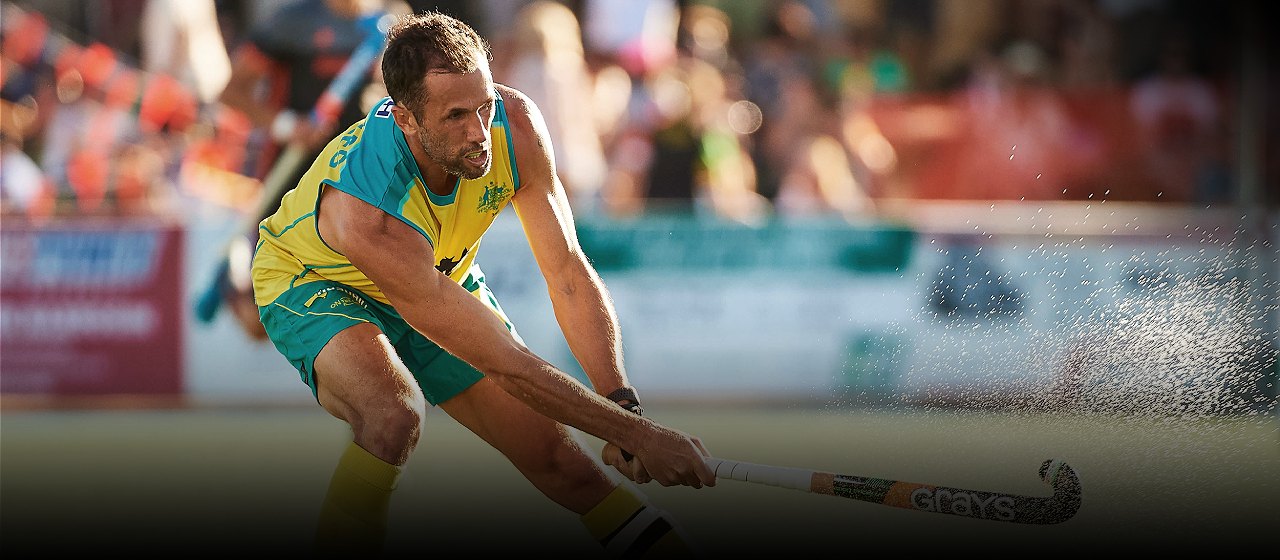
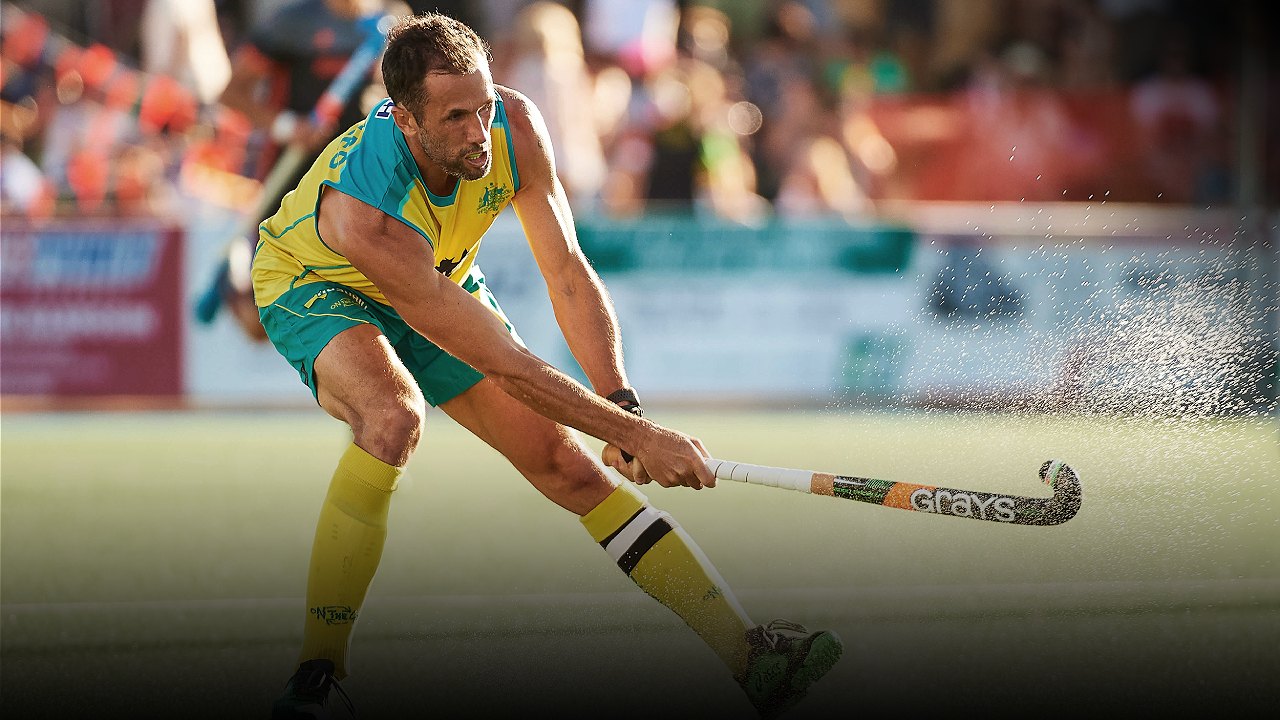
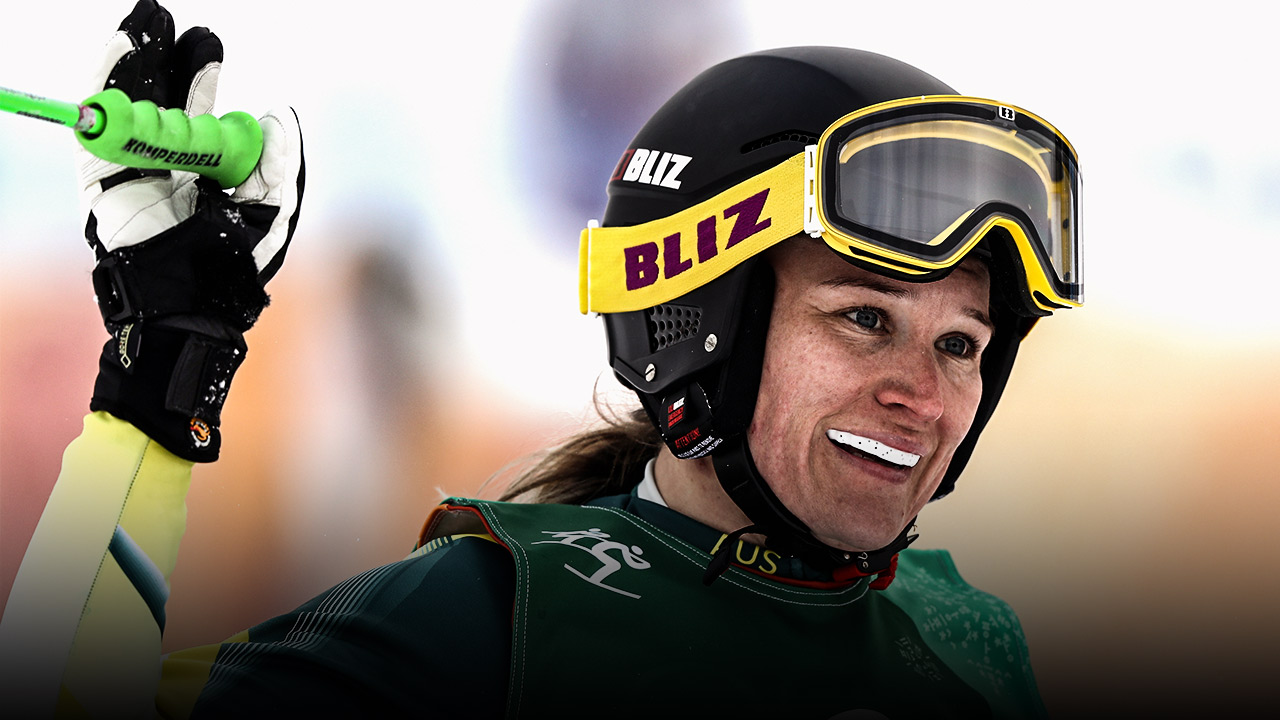
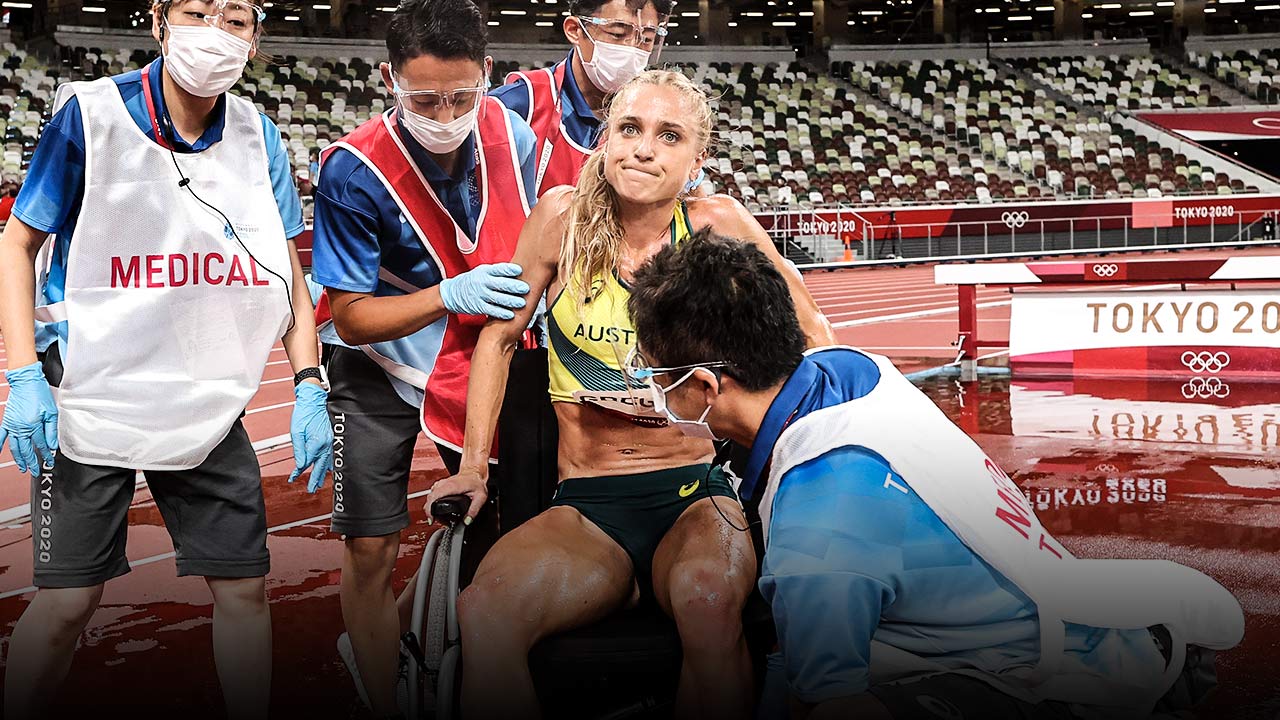
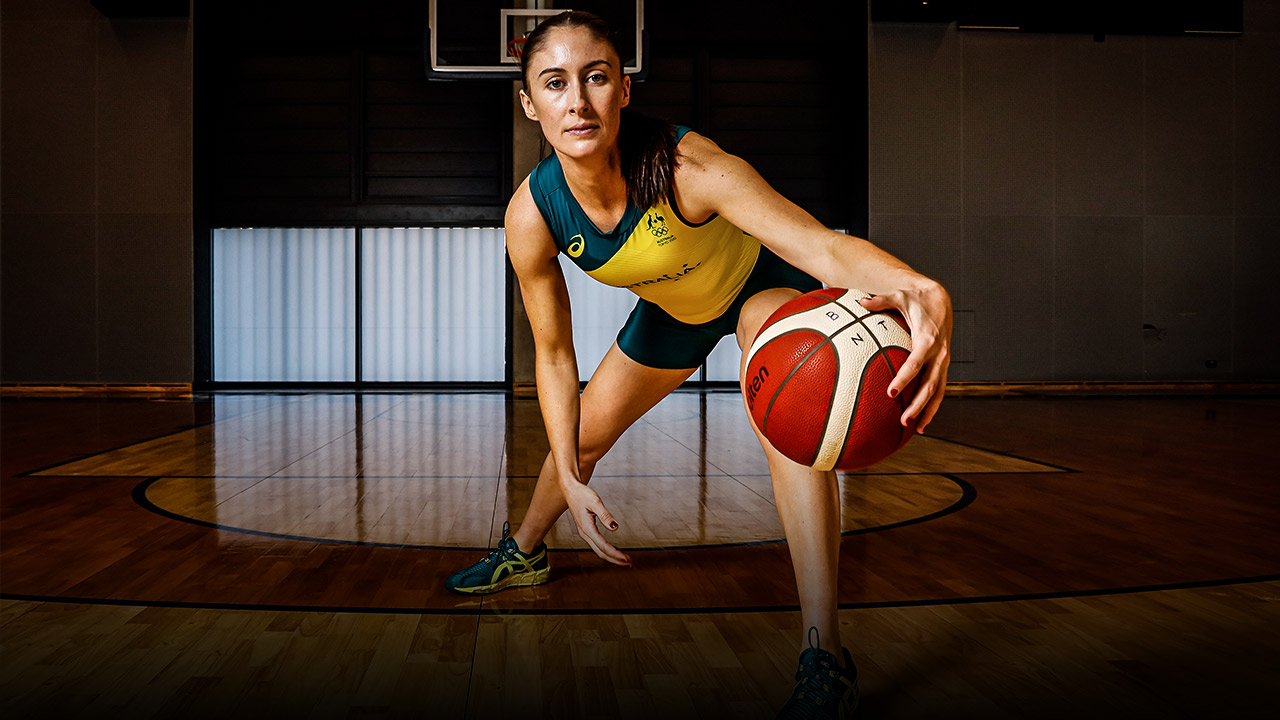
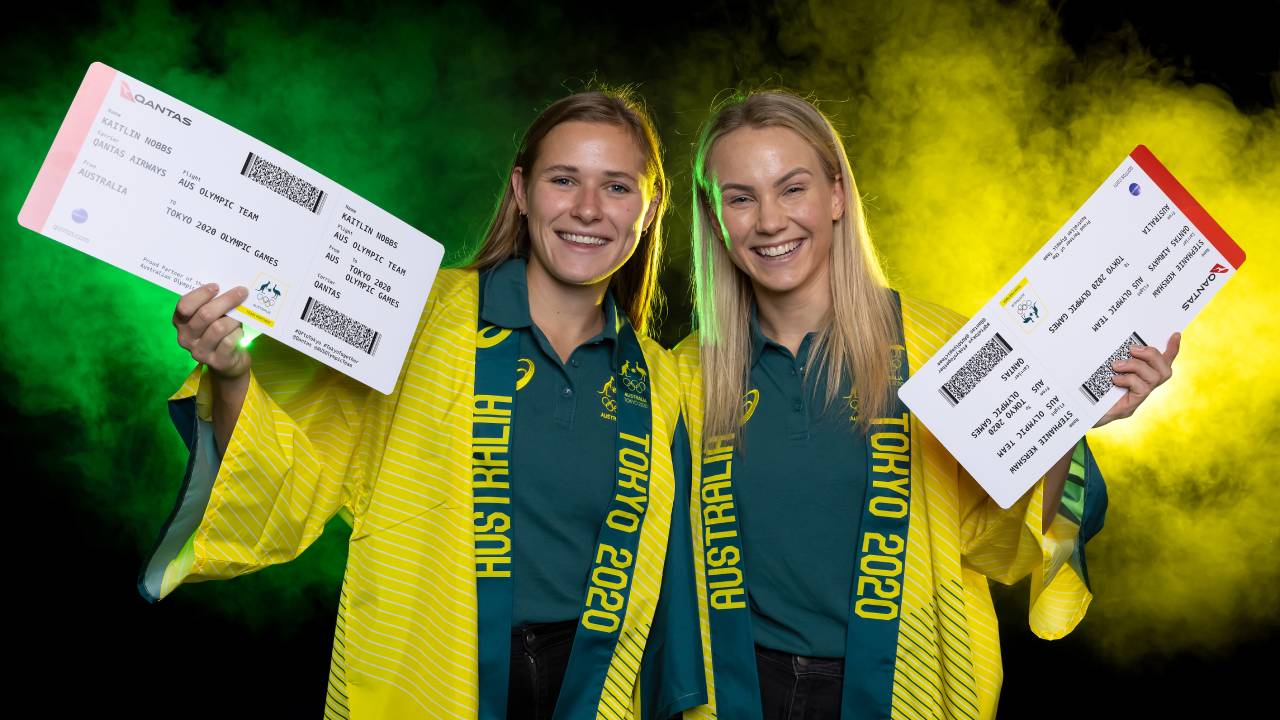
 Load More
Load More